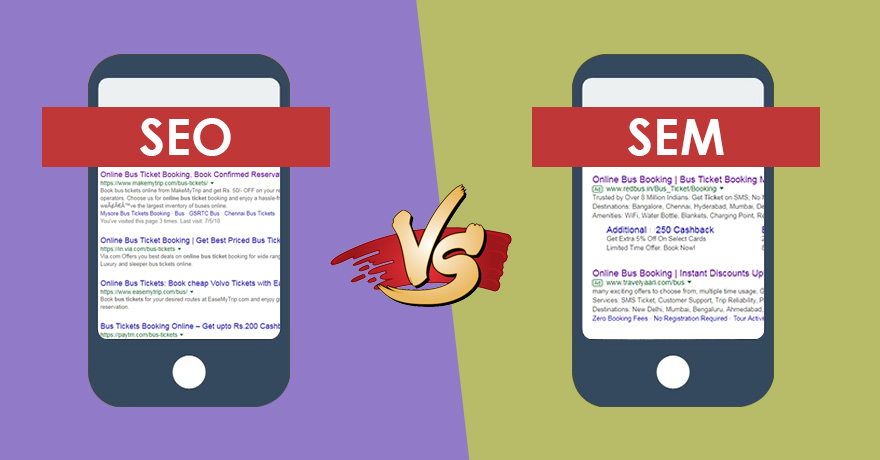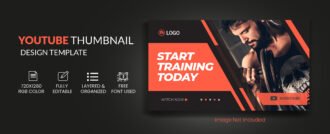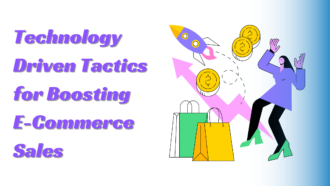SEO vs. Paid Marketing: Which One Is More Important for Your Business?
- 1 What is SEO, and how does it work?
- 2 What is Paid Marketing, and how does it work?
- 3 Choosing The Appropriate Marketing Strategy
- 4 Pros and Cons of SEO and Paid Marketing
- 4.1 Pros Of SEO
- 4.2 Cons Of SEO
- 4.3 Pros Of Paid Marketing
- 4.4 Cons Of Paid Marketing
- 4.5 Case Studies And Examples Of Businesses That Have Successfully Used SEO
- 5 Detail Video On SEO Vs SEM
- 5.1 In Conclusion
SEO is an abbreviation for search engine optimization. We all rely on search engines to find whatever we’re searching for, whether it is an answer to a historical question or a link to a business that offers a particular sort of boot.
In paid marketing, you’ll be charged a predetermined fee for each individual who clicks on the link. You’ll have complete control over how these advertisements appear, how these are written, who they target, and more on the backend.
Both of these methods are widespread in the digital marketing sector, and both are relevant when using search engines, but in fundamentally different ways. According to many marketing experts, SEO and PPC work best together.
What is SEO, and how does it work?
Search engine optimization, or SEO for short, is the practice of increasing the ranking of your website and online presence in search engines with organic results, such as Google and Bing. This primarily entails attempting to increase the visibility of your web pages and brand on search engine result pages (SERP). Managing SEO can help to improve your website’s ranking and attract more traffic.
This is done by optimizing your web content to satisfy search engine algorithms, which analyze the content accuracy and relevance of your web pages and rank you appropriately. SEO works by optimizing a website’s content, conducting analysis of keywords, and acquiring inbound links to raise the ranking and visibility of that material. Implementing several SEO optimization techniques can significantly improve your website’s search engine rankings and drive more organic traffic to your pages.
What is Paid Marketing, and how does it work?
Paid marketing makes up one of the easiest ways to assist potential buyers in learning about your company and its products. Instead of waiting for people to find you organically, you may buy marketing that allows you to target audiences directly. It is also known as biddable marketing or PPC advertising.
PPC is an abbreviation for Pay-Per-Click advertising, which means you pay a fee each time someone interacts with your advertisements. Contrary to most other online advertising strategies, PPC uses social media platforms to help your business reach the right customers with better segmentation. Having a good PPC strategy can amplify your online marketing efforts and boost your business’s overall visibility and engagement.
Choosing The Appropriate Marketing Strategy
Running a successful online business in this highly competitive business environment is anything but easy. But the latest marketing strategies make things easier. However, with so many marketing tactics available in the market, choosing the right one is rather challenging. Besides, this also raises the question of distinguishing between organic traffic vs. paid traffic. Depending on the size of your business, the marketing strategy may have multiple moving segments, each with its own set of objectives.
Some of the steps involved in building an effective digital marketing strategy are given below –
- Build Buyer Personas
- Establish Your Objectives and The Marketing Tools You’ll Require
- Evaluate Existing Assets And Data Channels
Pros and Cons of SEO and Paid Marketing
To be successful in today’s competitive and digital industry, you need multiple sources of traffic and lead production. Search Engine Optimization (SEO) and Pay Per Click advertising are two of the most popular methods of driving visitors to your website. Let’s go over the advantages and disadvantages of each technique.
Pros Of SEO
- It is Budget Friendly: Search engine optimization is mostly going to be free in terms of the financial assets that must be used to implement it.
- It Offers Great ROI: SEO does not require much cost to implement, so it can offer you a high return on your investment if executed successfully.
- It Helps Build A Trustworthy Brand: The higher your website ranks in search engine results pages, the more credible it appears and the greater the brand trust you may develop. This is just another advantage of its application.
- It Builds Business Recognition: Another advantage is the possibility of increasing brand recognition for the business and its name. By ranking high, businesses will attract more attention to your business as a whole.
Cons Of SEO
- It is Time-Consuming: The most expensive aspect of SEO installation and execution is the time it can take to complete successfully.
- It Produces Delayed Results: Another disadvantage of this type of lead-generating and marketing strategy is that its execution will most likely result in delayed results.
- We Have to Rely on Search Engines When Using SEO: Another disadvantage of this form of a marketing plan is that you will have to rely on multiple search engines to get optimal results.
Pros Of Paid Marketing
- It Offers Great Returns: While operating a PPC campaign can be pricey, you will be able to obtain a high return on investment as you will be free to make modifications, and you will only be charged if a consumer clicks on one of your advertisements.
- It Offers Substantial Reach: Another advantage of paid marketing is reaching as broad or as small a market as you wish.
- It Promises Immediate Results: The potential to achieve immediate results is perhaps the most significant benefit of incorporating paid marketing into every aspect of your marketing approach. It is one of the many Pay-per-click advertising benefits.
Cons Of Paid Marketing
- It Requires Thorough Testing: While this may not be a major disadvantage, paid marketing necessitates thorough testing and the capacity to analyze results to enhance each campaign.
- It Requires Capital: In contrast to SEO, paid marketing is a tactic that involves a significant investment. While you ought to be able to create enough revenue to cover your costs, in the beginning phases, you may be spending more than what you are bringing in before so that you can optimize it better.
Case Studies And Examples Of Businesses That Have Successfully Used SEO
SEO case studies demonstrate the numerous Cost-effective marketing methods for improving search engine performance. You can then incorporate what you learn into your plan by reviewing the major findings for each.
Here are a few case studies to learn from –
- Gadget Flow: It is a site based on product discovery that keeps readers up to date on the newest tech and gear and unusual crowdfunding projects. They began hunting for novel strategies and an SEO strategy to help them achieve their objectives.
- Vimeo: It serves as an all-in-one video platform with over 260 million monthly users and 350k new videos published daily, aiming to make professional quality videos available to everyone. Customers of Vimeo had to develop and manage video search engine optimization importance, involving adding data structures to their own websites, calling indexing APIs, uploading sitemaps, and much more. The platform is optimally designed to help your business reach a wider audience.
Detail Video On SEO Vs SEM
In Conclusion
SEO and Sponsored search ads can both assist your organization and give excellent ROIs. But only if you know when to use them for the best impact. Finally, you are deciding which strategy, i.e., SEO vs. paid marketing, can give you the edge against similar businesses. Your business circumstances ultimately determine the decision between SEO and paid marketing.
So take your time weighing the benefits and drawbacks of SEO vs. paid marketing to determine the best fit for you. And if possible, combine the two strategies to achieve even better results for your company. More importantly, make sure you use this information to your advantage and realize your marketing goals to reach a much wider audience with minimal effort.



















